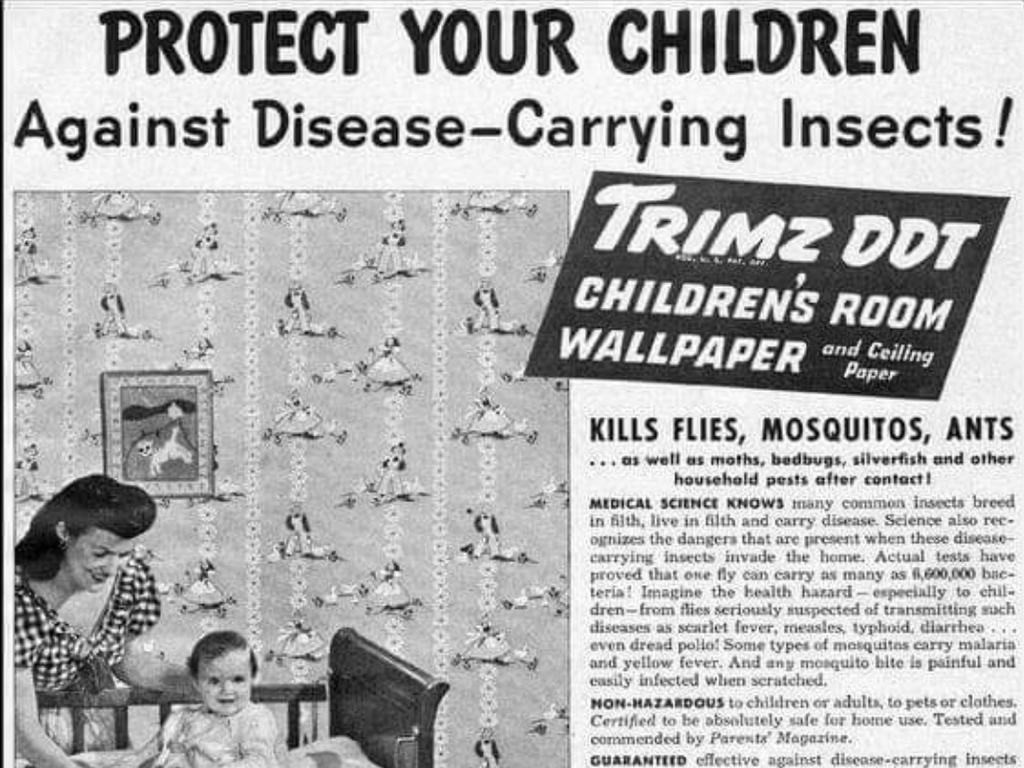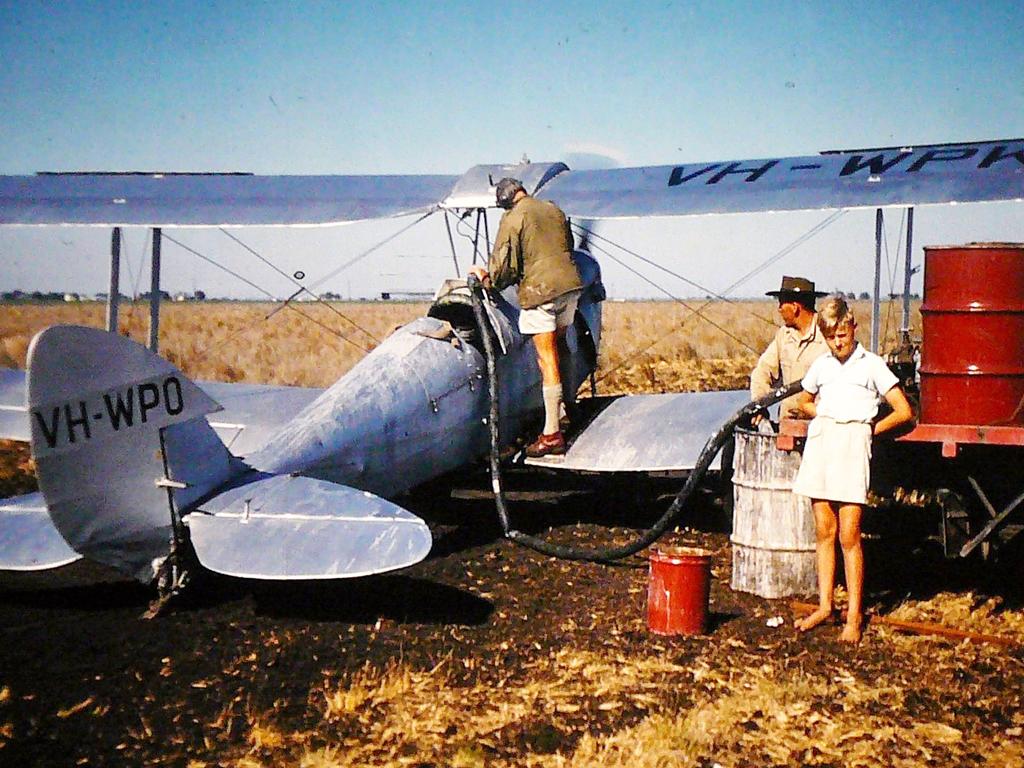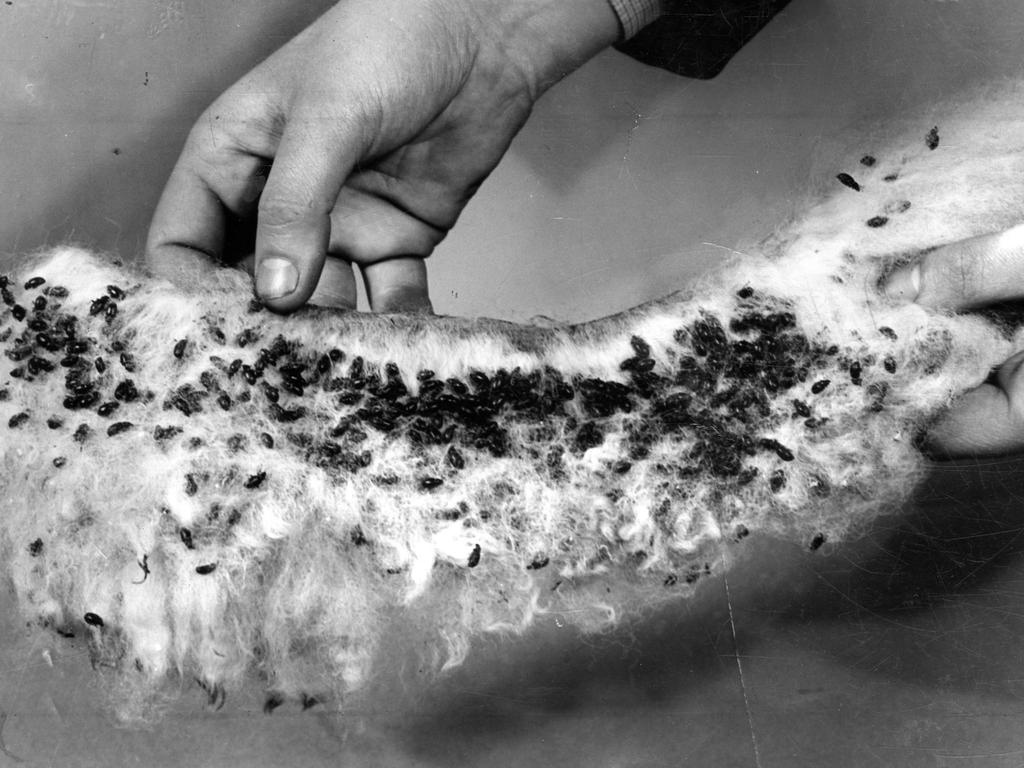‘Killer’ wallpaper still haunting our homes
It was meant to ‘benefit all of humanity’ but this ‘killer’ wallpaper did the exact opposite and it is still having a devastating impact in Aussie homes today.

“Protect your children against disease-carrying insects!” screamed the advertising poster for the ‘killer’ wallpaper.
Unfortunately said wallpaper was later found to be as hazardous to the people it was meant to protect as the ‘filthy’ insects it was designed to kill.
The 1950s ad for this strange “ready pasted, just dip in water and hang’ product designed to take the bite out of night-time has found its onto Facebook, with many users decrying the irony of the claims made, including ‘non-hazardous’ and ‘guaranteed’.
“Imagine the health hazard, especially to children, from flies seriously suspected of transmitting such diseases as scarlet fever, measles, typhoid, diarrhoea … even dread polio …” the ad read.
MORE: Australia’s worst hoarder homes revealed

However, much like tobacco and Agent Orange, despite claims that DDT, the key ingredient of Trimz Ready Pasted Wallpaper, was said to be ‘non-hazardous’, on greater inspection the product was found to be very hazardous indeed.
“Kills flies, mosquitoes, ants” … and children … one commenter wrote against the Facebook post.
“Absolutely safe, trust the science!” wrote another.
“How did this generation survive?” decried another.
Initially hailed as a miracle development in the field of science in the 1950s, DDT was banned in the US by 1972 because of its harmful effects in both animals and humans, including links to cancer.
And in most parts of the world mosquitoes had become resistant to the pesticide as those mozzies with resistant genes survived and thrived.
Unfortunately it was very much a part of homes in Australia from the 1950s until three decades later.
There has been a total ban of the use of DDT in Australia since 1987.
MORE: Aussies suburbs where home prices are set to crash

DDT IS (NOT SO) GOOD FOR ME!
According to the US Environmental Protection Agency: “DDT (dichloro-diphenyl-trichloroethane) was developed as the first of the modern synthetic insecticides in the 1940s.
“It was initially used with great effect to combat malaria, typhus, and the other insect-borne human diseases among both military and civilian populations.
“It also was effective for insect control in crop and livestock production, institutions, homes, and gardens. DDT’s quick success as a pesticide and broad use in the United States and other countries led to the development of resistance by many insect pest species.”
DDT was introduced in Australia in the 1950s and according to the University of Western Australia it was used for two main reasons:
+ to reduce the spread of disease by killing the species of mosquito that spreads malaria and the lice that carry typhus;
+ and in agriculture as an insecticide/pesticide to prevent insect damage to crops.
MORE: ‘Many millions’: Trump’s big win over Harris

DDT is hailed as saving millions of lives worldwide by “eradicating or controlling diseases such as malaria and typhus but there is concern over the direct effects to human health”.
According to the Scientific American: “Manufacturers promoted it as a “benefactor of all humanity” in advertisements that declared, “DDT Is Good for Me!”
And “Americans sprayed more than 1.35 billion tons of the insecticide — nearly 7.5 pounds per person — on crops, lawns and pets and in their homes before biologist Rachel Carson and others sounded the alarm about its impacts on humans and wildlife.
“The fledgling U.S. Environmental Protection Agency banned DDT in 1972.
DDT has been linked to cancers, including breast cancer and tumours in both animals and humans.
MORE: ‘Doesn’t sit well’: Albo flogs rental after booting tenant

And because of its high fat solubility it remains in the bodies of many Australians today, due to their exposure to the pesticide decades ago.
It also remains prevalent in many Aussie homes and in the environment due to its widespread use.
Research into the and banning of DDT is widely seen as the beginning of the modern environmental movement.
MORE: Isla Fisher chases $1m post-divorce win
Originally published as ‘Killer’ wallpaper still haunting our homes




